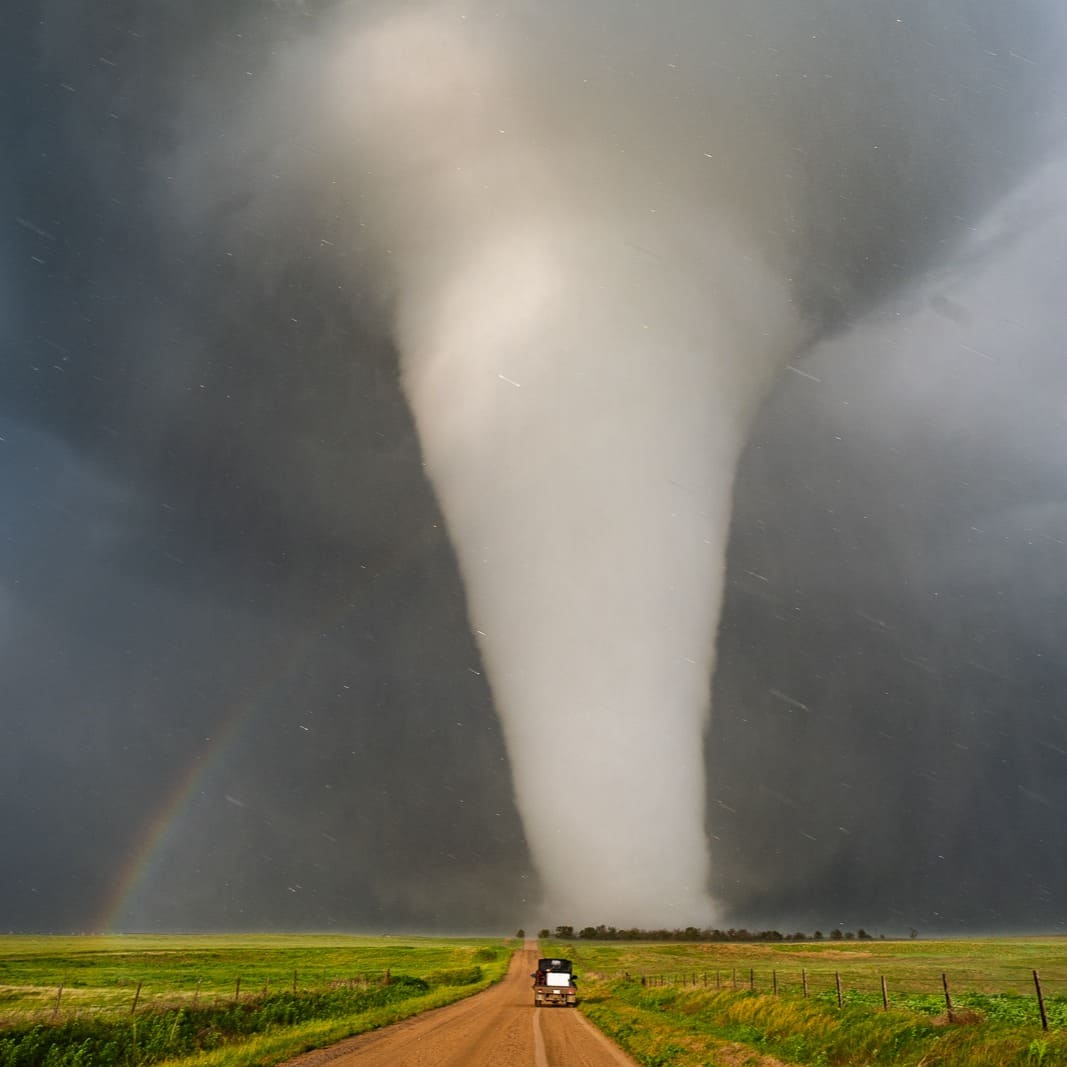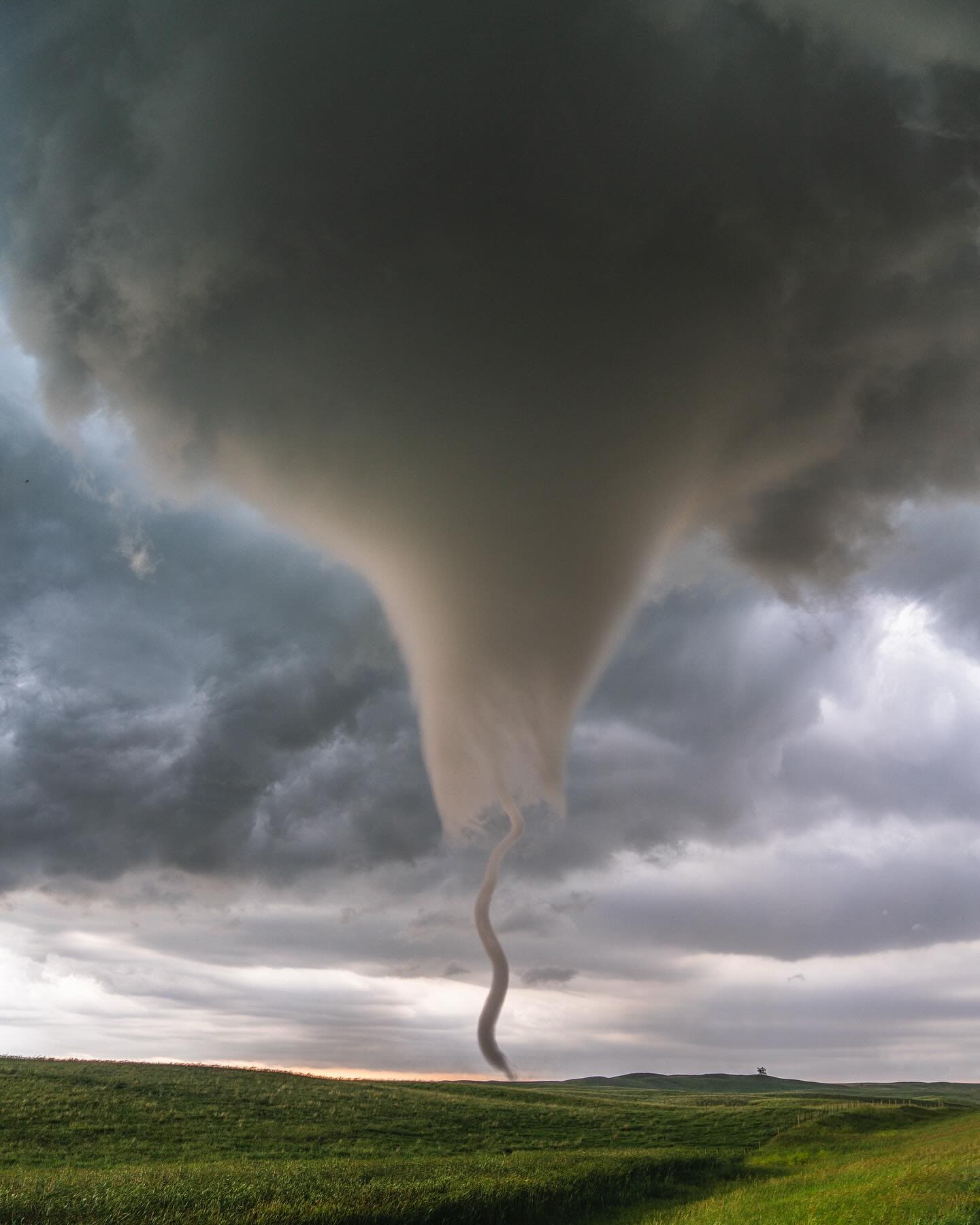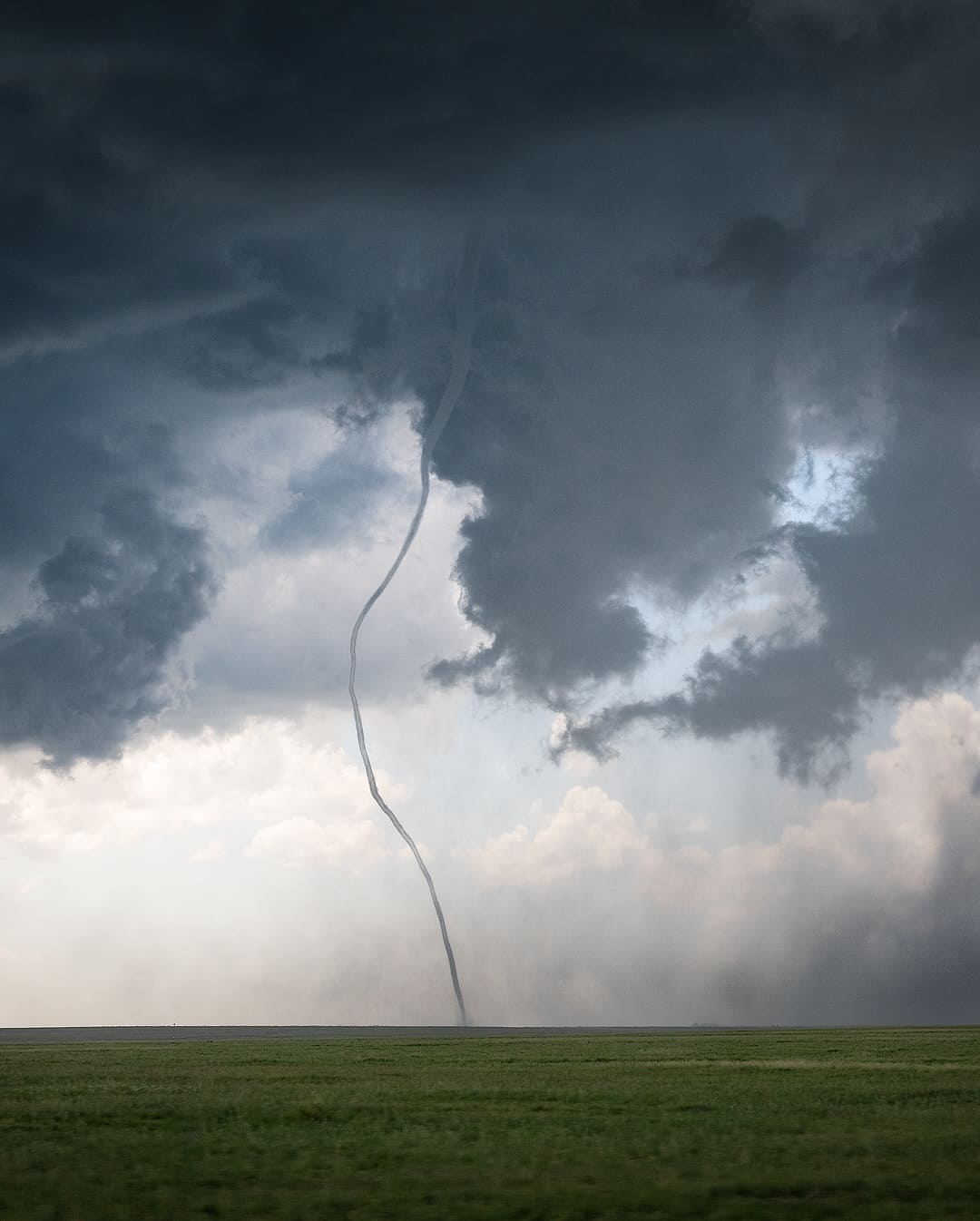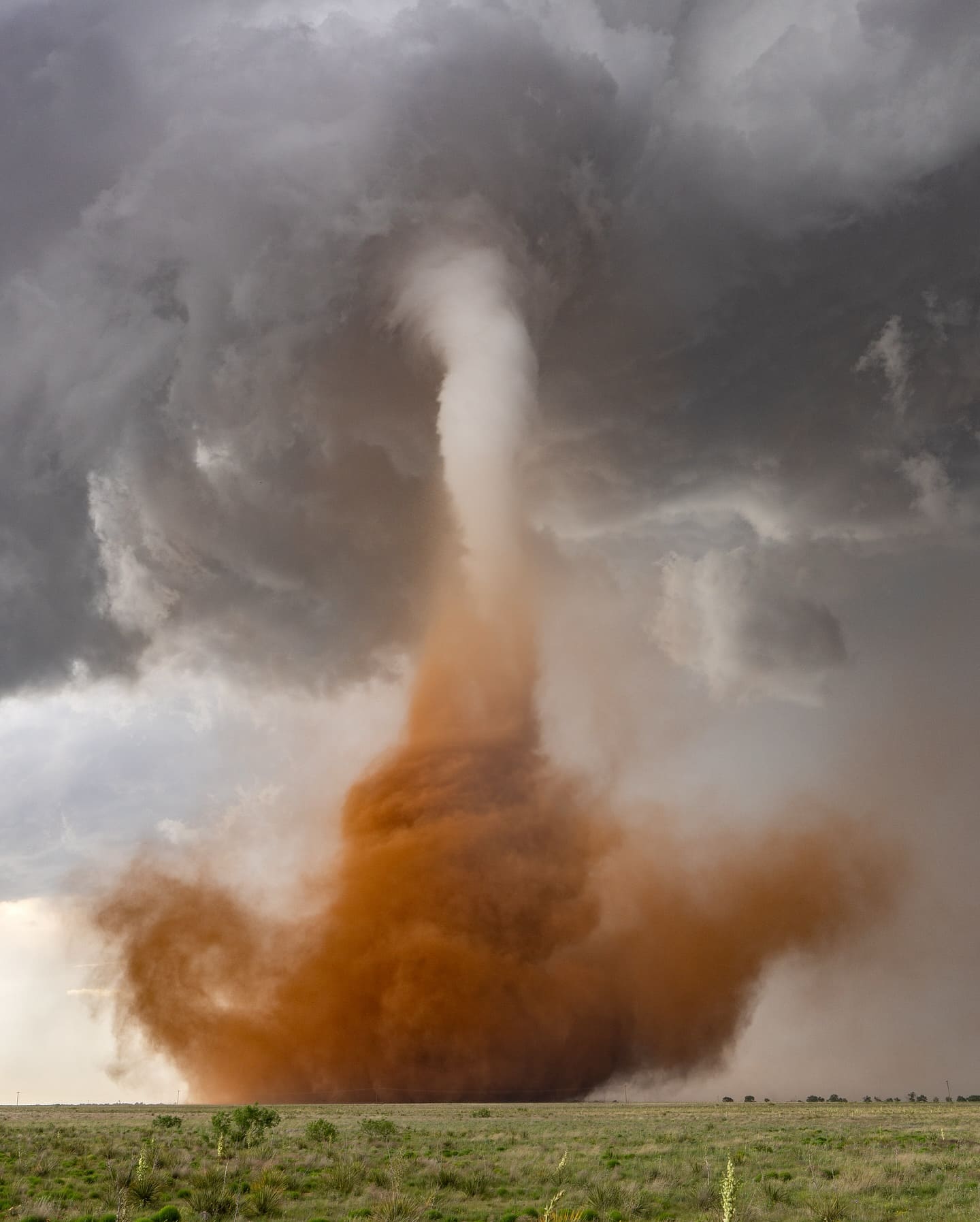Tornadoes in Minnesota aren’t just rare freak events — they’re deadly, destructive, and terrifyingly real. Despite its reputation for calm Midwestern charm, Minnesota is among the top states affected by tornadoes every year. This article dives into 20 frightening Minnesota tornado warnings that shook the region and what they mean for residents today.
Table of Contents
2022 Forada Tornado: The Town That Was Nearly Erased
The 2020 Dalton Tornado: An EF4 Beast
July 5, 1978 – The Legendary Chandler Tornado
2010 Wadena Tornado: A Path of Destruction
Twin Cities Tornado Warning Chaos of 2011
The Frightening Night of June 17, 2010
June 2022 Warning That Triggered Statewide Panic
The Surprise April 2018 Tornado Outbreak
The 2009 Austin Tornado Emergency
1998 St. Peter and Comfrey Catastrophes
May 1999: The Day 27 Tornadoes Touched Down
June 14, 2001 – Father’s Day Fright
2008 Hugo Tornado: Destruction in the Suburbs
July 2019 Tornadoes Across 5 Counties
2013 Minneapolis Tornado Alert Confusion
June 2005: The Marathon Warning Event
2014 Brainerd Area Tornado Cluster
2021 Spring Warnings With Little Time to React
September 2023 Late-Season Tornado Threat
Lessons From These Warnings: How Minnesotans Can Prepare
1. 2022 Forada Tornado: The Town That Was Nearly Erased

On May 30, 2022, Forada, MN, faced a powerful EF-2 tornado that carved through the heart of the town. With winds reaching 120 mph, homes were shredded, trees snapped, and the community left in shock. The warning was issued only minutes before impact, leaving little time to seek shelter.
Why it’s frightening: The tornado demolished nearly half of the town in under five minutes. The speed and severity caught many off-guard, showcasing how devastating these storms can be when warnings are delayed or go unheeded.
2. The 2020 Dalton Tornado: An EF4 Beast
On July 8, 2020, a rare EF4 tornado touched down near Dalton. With winds exceeding 170 mph, it obliterated farmsteads, flipped machinery, and tragically claimed a life. The warning system worked — but the storm’s intensity overwhelmed local defenses.
Why it’s frightening: EF4 tornadoes are extremely rare in Minnesota. This storm proved how even well-prepared communities can be vulnerable to nature’s fury.
3. July 5, 1978 – The Legendary Chandler Tornado
This EF5 tornado remains one of Minnesota’s most catastrophic. With winds topping 260 mph, it reduced entire neighborhoods to rubble. Chandler looked like a war zone. The warning? Minimal — radar and forecasting were still primitive.
Why it’s frightening: With 1 death and dozens injured, this tornado proved that even rural areas are not safe havens. It remains a grim reminder of underpreparedness.
4. 2010 Wadena Tornado: A Path of Destruction
On June 17, 2010, Wadena was slammed by a long-track EF4 tornado that stayed on the ground for over 10 miles. More than 230 homes were damaged, schools destroyed, and the city suffered $32 million in damage.
Why it’s frightening: The tornado struck in the early evening — when many families were home — magnifying the emotional toll. Warning sirens blared, but some residents doubted their seriousness.
5. Twin Cities Tornado Warning Chaos of 2011
On August 19, 2011, a sudden line of storms triggered multiple warnings across the metro area. Conflicting alerts from media and sirens led to mass confusion. Some shelters were overwhelmed, while others remained empty.
Why it’s frightening: This event highlighted a major issue — communication breakdown during simultaneous warnings. Inconsistent messages can cost lives.
6. The Frightening Night of June 17, 2010
The night of June 17, 2010, remains one of the most chaotic evenings in Minnesota weather history. Over 48 tornadoes were confirmed in the state — the largest single-day outbreak ever recorded in Minnesota. Tornadoes struck cities including Wadena, Albert Lea, and Rochester. Emergency services were stretched thin, and warnings were being issued so frequently that they overwhelmed public alert systems.
Why it’s frightening: The sheer scale of the outbreak left many residents without access to safe shelter or reliable updates. In some towns, tornado sirens had to be reset multiple times as new touchdowns occurred every 20–30 minutes. The event showed how even a state used to summer storms can be utterly paralyzed by rapid-fire tornadic activity.
7. June 2022 Warning That Triggered Statewide Panic

In mid-June 2022, a complex system of supercells developed across central and southern Minnesota. Tornado warnings lit up cellphones and emergency broadcasts for over four hours. While only three tornadoes actually touched down, the storm was notable for producing extensive wind damage and terrifying radar-indicated rotations across multiple counties.
Why it’s frightening: Many residents received multiple warnings in under 30 minutes — with some getting emergency alerts for tornadoes that never formed. This created a dangerous “cry wolf” scenario where future alerts might be ignored. Yet the radar-indicated activity was real and highly volatile, making it a chilling example of how warning systems must balance urgency with clarity.
8. The Surprise April 2018 Tornado Outbreak
April 2018 was not expected to produce severe tornado weather. But on April 14, Minnesota was hit with a fast-moving outbreak that produced five confirmed tornadoes — one of which briefly reached EF2 status. The worst part? Many residents didn’t take the warnings seriously due to the early-season timing and chilly weather.
Why it’s frightening: April tornadoes are rare in Minnesota, which led to dangerous levels of complacency. Several mobile homes were damaged, and a school’s gym roof was torn off during an event many assumed was just a wind advisory. This incident revealed how assumptions about weather patterns can become deadly mistakes.
9. The 2009 Austin Tornado Emergency
On June 17, 2009, the National Weather Service issued a rare “tornado emergency” for the Austin area after spotting a large, confirmed tornado barreling toward populated zones. The tornado eventually skirted the city, but left significant structural damage in nearby rural communities.
Why it’s frightening: The phrase “tornado emergency” is only used when a confirmed large and destructive tornado is imminent. The use of this designation triggered widespread panic, with many residents fleeing in vehicles — a dangerous move during a tornado. The psychological impact of the phrase caused chaos and overwhelmed phone networks, illustrating the weight of terminology during weather alerts.
10. 1998 St. Peter and Comfrey Catastrophes
March 29, 1998, saw a devastating early-season outbreak that hit the towns of St. Peter and Comfrey particularly hard. A violent tornado leveled historic buildings, homes, and a school in St. Peter. Comfrey was nearly wiped off the map. In total, over 2,000 buildings were damaged or destroyed.
Why it’s frightening: This outbreak highlighted how spring tornadoes can be just as destructive as summer storms. The warnings were timely, but many underestimated the threat due to the March date. Entire blocks were obliterated, and recovery took years, showing the long-term scars these events leave on small communities.
11. May 1999: The Day 27 Tornadoes Touched Down
May 15, 1999, stands out as one of the most chaotic days in Minnesota’s weather history. An astonishing 27 tornadoes tore through the state in just one afternoon and evening. The most destructive struck near Glenville and Albert Lea, leveling homes, uprooting trees, and throwing debris miles away. The outbreak was the result of a classic clash between warm, moist air and a fast-moving cold front — a textbook setup for tornadic supercells.
Why it’s frightening: Despite decent warning lead times from the National Weather Service, the sheer volume and speed of the tornadoes overwhelmed both emergency services and public response systems. Many Minnesotans were caught between rotating storm cells, unsure where to go. The event highlighted the need for mobile alerts, radio backups, and community drills when multiple tornadoes are in play.
12. June 14, 2001 – Father’s Day Fright
On Father’s Day 2001, an EF3 tornado cut a path through rural northwestern Minnesota, hitting places like Greenbush and Roseau. While it didn’t hit major metro areas, it destroyed multiple farms and left families stranded with severe property damage and injuries. What made it worse was the false sense of security — many families were enjoying barbecues, unaware of the fast-forming cells just miles away.
Why it’s frightening: The warnings came late and weren’t widely broadcast until after touchdown. With the storm occurring on a holiday weekend, many were away from typical alert systems like TV or internet. This tornado emphasized the critical role of NOAA weather radios and community-based siren systems during off-grid or relaxed moments.
13. 2008 Hugo Tornado: Destruction in the Suburbs
On May 25, 2008, a deadly EF3 tornado ripped through the suburb of Hugo, just northeast of St. Paul. It tragically killed a two-year-old boy, destroyed over 50 homes, and injured dozens. What made this storm especially devastating was that it occurred in a suburban setting where tornadoes are considered unlikely by many residents.
Why it’s frightening: Urban and suburban tornadoes challenge preparedness assumptions. Many Hugo residents didn’t have basements or storm shelters and believed warnings were “rural problems.” The storm carved a path of devastation less than 20 miles from the Twin Cities, sending a chilling message that no area is immune.
14. July 2019 Tornadoes Across 5 Counties

On July 18, 2019, severe weather broke out across five counties in southern Minnesota — producing four confirmed tornadoes and countless funnel clouds. The storms generated severe wind shear, frequent lightning, and intense rain. Tornado warnings popped up in quick succession, confusing residents in areas like Faribault, Owatonna, and Northfield.
Why it’s frightening: The complexity of tracking multiple systems in real-time overwhelmed many local apps and media outlets. Alerts were either delayed or duplicated, leading to user fatigue. This event highlighted the importance of clear, real-time storm tracking tools that can localize risk without overwhelming users.
15. 2013 Minneapolis Tornado Alert Confusion
On August 6, 2013, radar indicated a fast-forming rotation over Minneapolis during a hot and humid afternoon. Warnings were issued swiftly, and sirens were sounded across the city. However, the tornado never fully touched down — leading to public backlash and skepticism over future warnings.
Why it’s frightening: Although the storm didn’t become a destructive tornado, the radar-indicated rotation was real and dangerous. The backlash revealed how public trust in warning systems can erode when alerts don’t result in visible outcomes. This event prompted local officials to revamp how they communicate risk levels, focusing more on potential impact rather than confirmation alone.
16. June 2005: The Marathon Warning Event
June 29, 2005, saw a relentless line of storms move through central Minnesota, triggering continuous tornado warnings for over six straight hours. The affected areas included Little Falls, Staples, and surrounding communities. Multiple rotating supercells moved slowly across the region, each capable of dropping tornadoes at any time. Residents were glued to weather alerts throughout the evening.
Why it’s frightening: This event caused widespread warning fatigue. Many ignored sirens later in the evening, thinking it was just a continuation of the earlier storm. Emergency officials reported people returning to outdoor activities before the final tornado even hit. It underscored a vital lesson: the longer the warning cycle, the more essential clear communication becomes to maintain public trust and attention.
17. 2014 Brainerd Area Tornado Cluster
On July 21, 2014, a series of tornadic storms formed near Brainerd and moved eastward, dropping at least five tornadoes across Crow Wing, Aitkin, and Carlton counties. Though most were rated EF1 or lower, they were spaced out over several hours and covered a wide geographic range. Homes, cabins, and businesses in the lakes region were damaged, and thousands lost power.
Why it’s frightening: Tornadoes hitting recreational or wilderness areas can be uniquely dangerous. Tourists and seasonal residents often don’t have access to sirens, radios, or shelters. Many were caught unprepared on lakes or in RV parks. This event highlighted the need for mobile alert infrastructure and state park readiness plans during peak summer travel.
18. 2021 Spring Warnings With Little Time to React
On May 26, 2021, a rogue EF2 tornado struck the town of Renville with almost no advance notice. Storms in the area were not initially severe, but one cell intensified rapidly within minutes. The warning was issued just as the tornado touched down — leaving many residents scrambling for shelter.
Why it’s frightening: This event exposed a serious limitation in radar coverage and prediction accuracy. “Spin-up” tornadoes that form quickly in weakly organized storms are notoriously hard to detect, especially in rural or radar-dead zones. It’s a chilling reminder that tornado preparedness must be constant — not just when the forecast looks bad.
19. September 2023 Late-Season Tornado Threat
While most tornadoes in Minnesota occur between May and August, an unusual weather system in September 2023 brought severe conditions to southern Minnesota. Two EF1 tornadoes were confirmed, impacting Faribault and Mankato. The warnings came at night, catching many residents off guard.
Why it’s frightening: Tornadoes outside the typical season can be extra dangerous because they occur when people aren’t mentally or physically prepared. Many didn’t have weather apps turned on or radios activated, assuming “tornado season” was over. This event forced meteorologists and emergency planners to reconsider the length of tornado season in the face of changing climate patterns.
20. Lessons From These Warnings: How Minnesotans Can Prepare

Minnesota’s tornado history proves that no town, no season, and no time of day is truly safe from the threat. Each frightening warning carries critical lessons that residents and officials must heed to stay safe.
Key Preparedness Takeaways:
Install Multiple Alert Systems: Don’t rely solely on one source. Use weather radios, mobile apps (like NOAA Weather Radar Live or MyRadar), and community sirens.
Create a Tornado Plan: Know where to go in your home (basement, interior room) and where to meet family if separated.
Practice Emergency Drills: Especially for schools, businesses, and large families. Minutes matter.
Prepare a Safety Kit: Include water, flashlight, power bank, first-aid supplies, and a whistle in your shelter area.
Know Warning Terms: Understand the difference between a watch (conditions favorable) and a warning (tornado spotted or radar-confirmed).
Trust the Alerts: Even if previous warnings felt like false alarms, treat every alert seriously — one moment of doubt can cost lives.
Final Thoughts
These 20 frightening tornado warnings aren’t just history — they’re wake-up calls. Minnesota’s storms are becoming less predictable, more frequent, and more dangerous. Staying informed, ready, and proactive is the only way to outsmart nature’s fury.
Don’t wait for the sirens to sound. Prepare today.
Stay safe, stay alert, and never ignore a Minnesota tornado warning.